[ad_1]
Welcome again, my fellow time-traveling GolfSpy, to an extended overdue dive into Historical past’s Mysteries.
Let’s pop some crystals into Uncle Rico’s Time Machine Modulus and place the Tee Deal with in accordance with the consumer’s handbook. Throw the change, Kip, our mission is to return in time and study the delivery, life, loss of life and rebirth of Ram Golf.
Ram by no means reached the heights of Wilson, MacGregor or Hogan, however the firm had extra firsts to its credit score than you would possibly understand. In its heyday, Ram had greater than 50 PGA TOUR and LPGA Tour professionals in its steady, headlined by Tom Watson.
And the loopy factor is that Ram began as a household enterprise that obtained into golf virtually fully by chance.
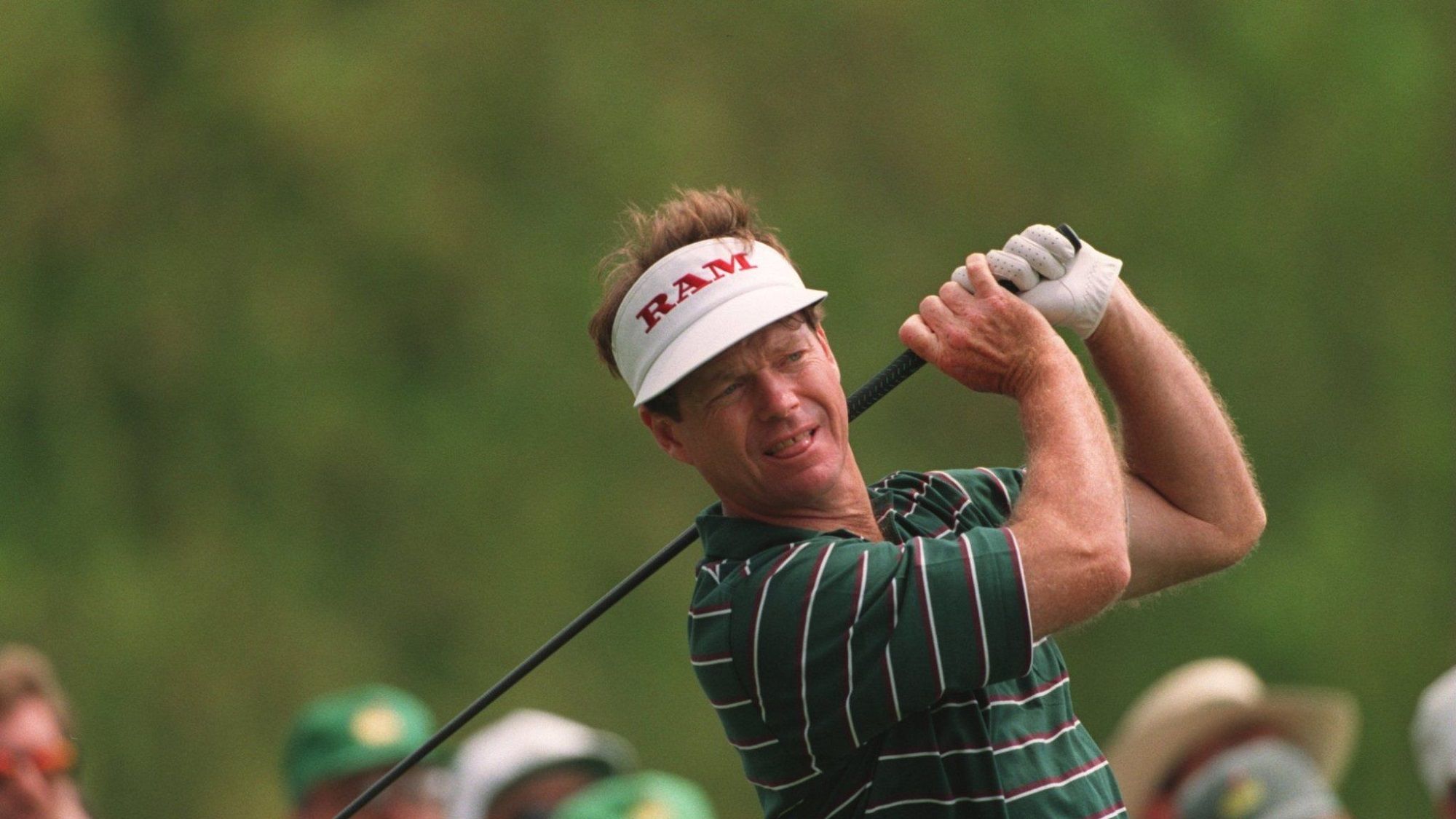
Historical past’s Mysteries: The Unusual Story of Ram Golf
Earlier than Carlsbad grew to become golf’s gear mecca, there was Chicago. It was house to among the largest firms in golf again within the day. There was Wilson Employees, in fact, together with Northwestern and Lamkin. PGA Golf, which ultimately grew to become Tommy Armour, was in Morton Grove.
Nevertheless it was the post-WWII manufacturing growth that drew Lyle Hansberger and, ultimately, his three brothers to city.
Lyle, Bob, Al and Jim Hansberger, by nature and necessity, had been drawn to engineering. Raised on a dairy farm in Worthington, Minn., the Hansberger brothers discovered methods to repair the whole lot themselves. And their dad and mom, Floyd and Edith, made positive they pursued an schooling.
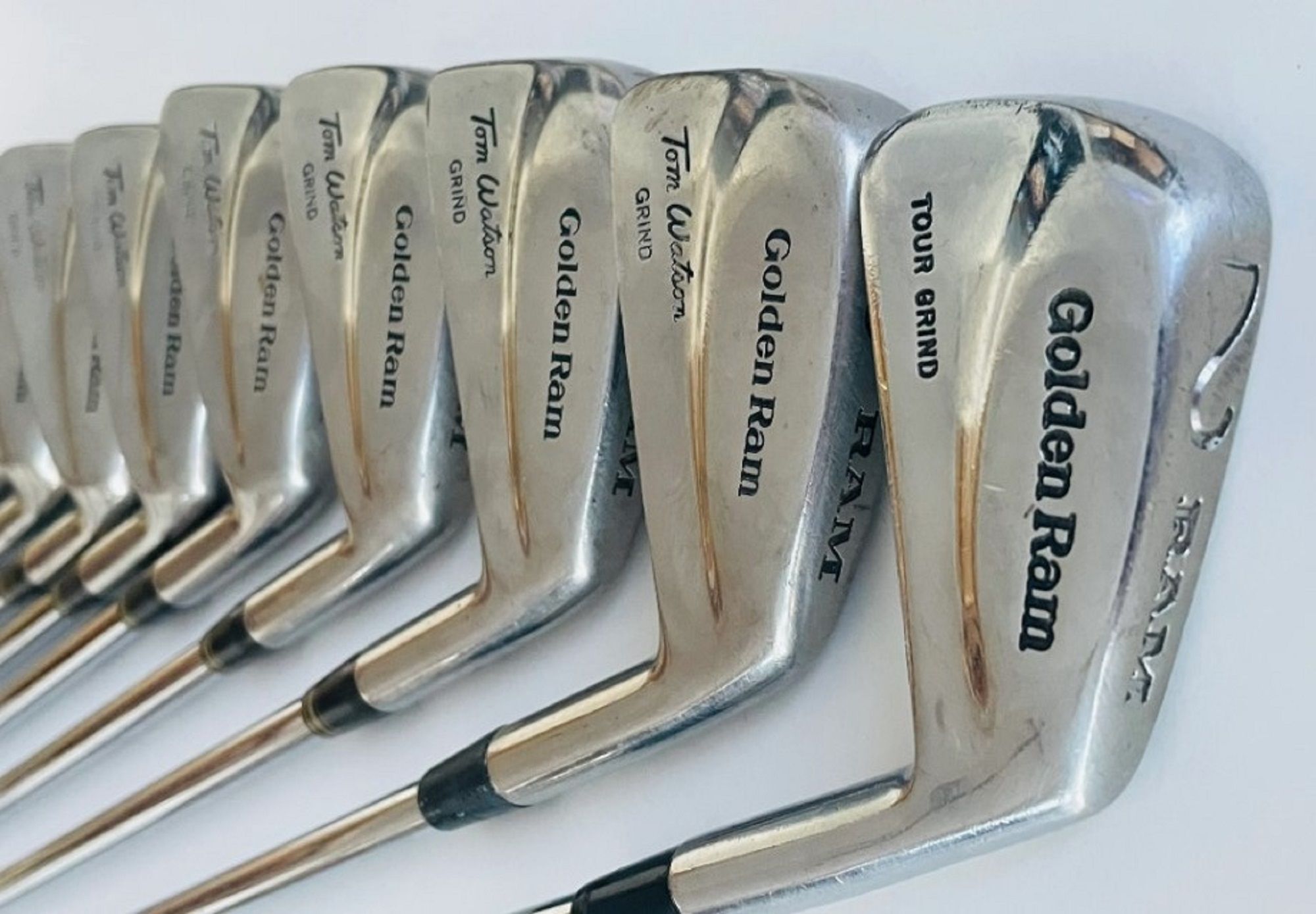
Lyle earned his engineering diploma from the Dunwoody Institute in Minneapolis. After working for IBM throughout the struggle, he determined to place his diploma to work in Chicago. Along with his $500 life financial savings, Lyle opened the Hansberger Device and Die Firm at 101 George Avenue.
Getting Began
As you’d count on, membership manufacturing within the U.S. stopped throughout WWII. As soon as the struggle was over, nevertheless, pent-up demand triggered a run on golf gear. Producers discovered themselves scrambling for equipment and capability.
And Lyle Hansberger was the appropriate man in the appropriate place on the proper time with the appropriate stuff.
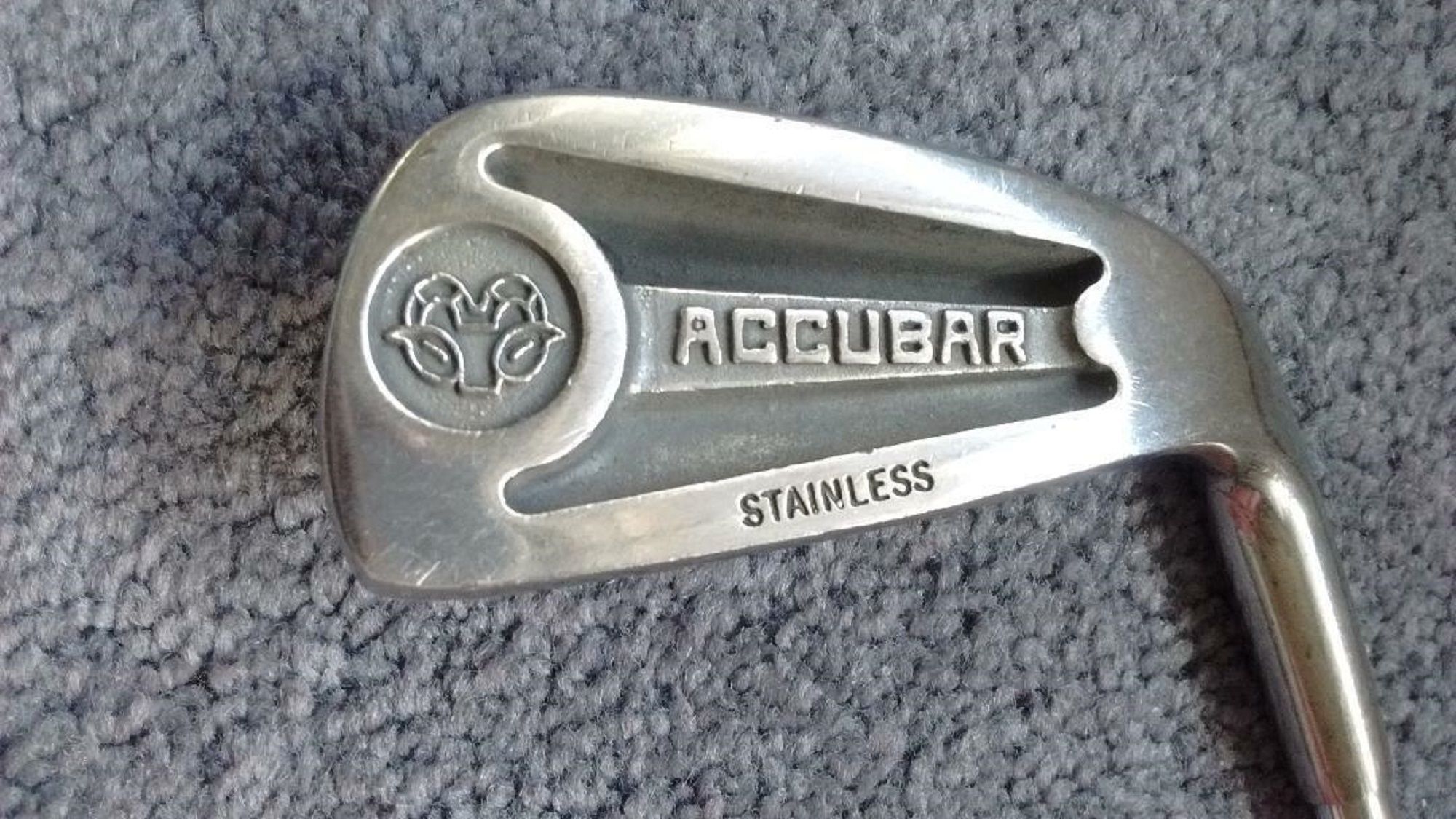
Lyle contracted with each Northwestern and a smaller Chicago firm owned by George MacGregor (no connection to the bigger, better-known MacGregor Golf Firm), to make dies and club-making gear. He additionally began an evening shift to assist MacGregor with stamping, grinding and meeting. Quickly brothers Bob, recent out of Harvard Enterprise College, and Al arrived to assist out.
Rapid Success
By 1948, the Hansbergers’ golf enterprise was booming. They pooled $5,000 and acquired MacGregor’s firm lock, inventory and 5-iron. They renamed their new firm Sportsman’s Golf with the purpose of constructing reasonably priced golf gear for the working man.
Sportsman’s was a direct success, making as many as 10,000 golf equipment a day. Nevertheless, the corporate had no warehouse. So, on the finish of every day, all of the product could be loaded right into a truck and coated with a tarp. The older brothers would then hand the youngest brother, Jim, a gun, telling him to protect the stock along with his life.
By 1950, the corporate moved to bigger digs at 1300 Hubbard Avenue in Chicago. By 1952, Sportsman’s hit the $1-million mark in gross sales. By no means ones to take a seat nonetheless, the Hansberger brothers went into acquisition mode, buying the Bristol and Kroydon golf manufacturers at relative bargains.
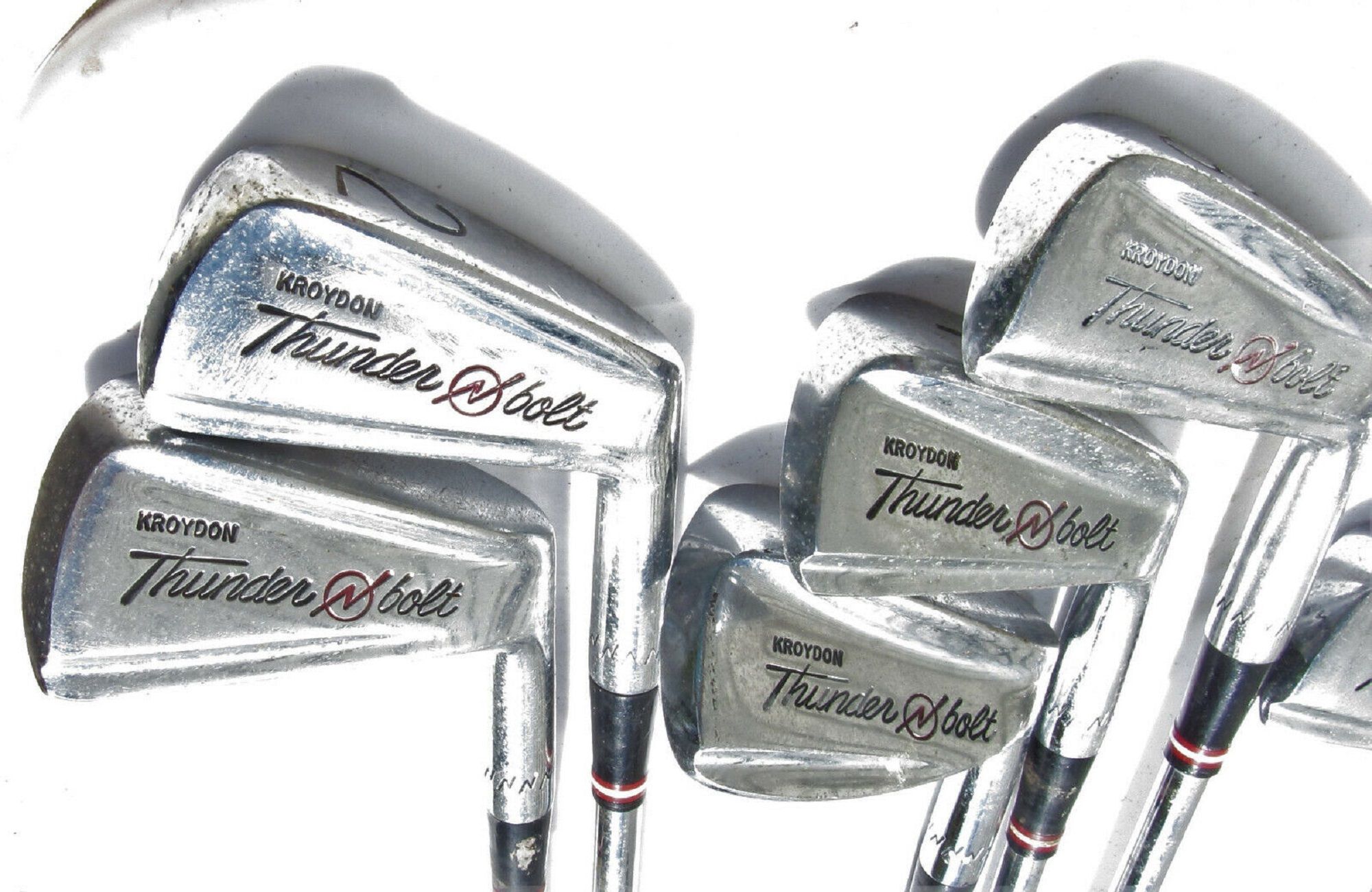
Whereas Sportsman’s remained the reasonably priced retail model, Bristol and Kroydon put the Hansbergers squarely into the pro-line sport.
This new multi-channel, multi-brand strategy labored nicely, prompting the corporate to maneuver as soon as once more to a a lot bigger facility in Melrose Park. By the late ‘50s, the Hansbergers contracted with George Low to fabricate Low’s legendary Wizard 600 putter below the Sportsman, Bristol and Kroydon names. Jack Nicklaus received 15 of his 18 majors with a Wizard in his bag.
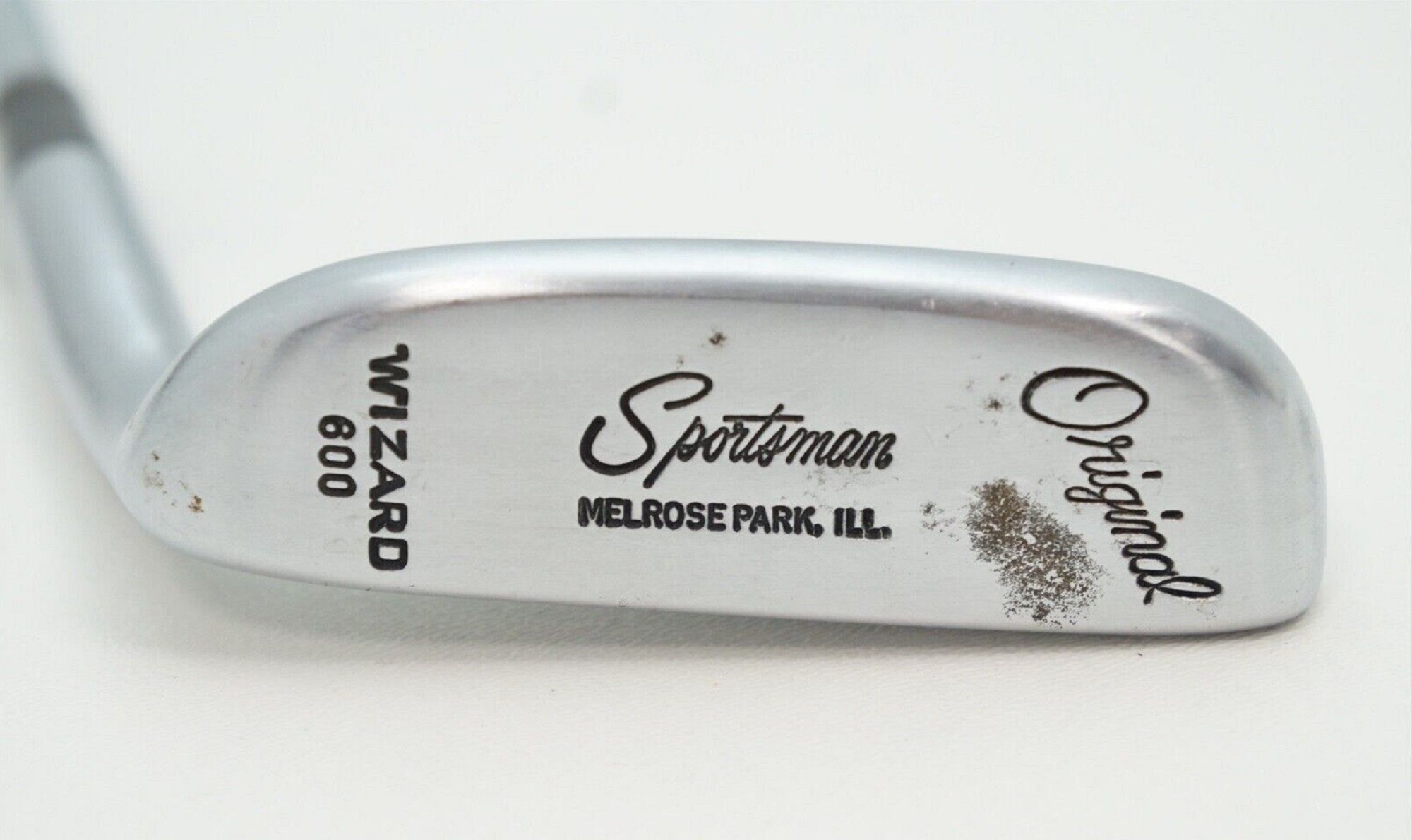
The Swingin’ ‘60s and the Start of Ram
Sportsman-Bristol-Kroydon rode a wave of income into the brand new decade. The corporate had been making balls utilizing the Ram title at a ball plant in Bay Metropolis, Mich. However In 1964 the Hansbergers determined to purchase the plant outright. And with it got here the providers of a analysis chemist named Terry Pocklington.
You could not know the title however Terry Pocklington is considered the daddy of the Surlyn-covered golf ball. The Hansbergers moved the Bay Metropolis plant south to Mississippi, with Lyle transferring with it to move up R&D. And it was in Mississippi that Pocklington developed and patented the Ram 3-D, the sport’s first commercially marketed Surlyn ball. The quilt carried the tradename Ramlon.
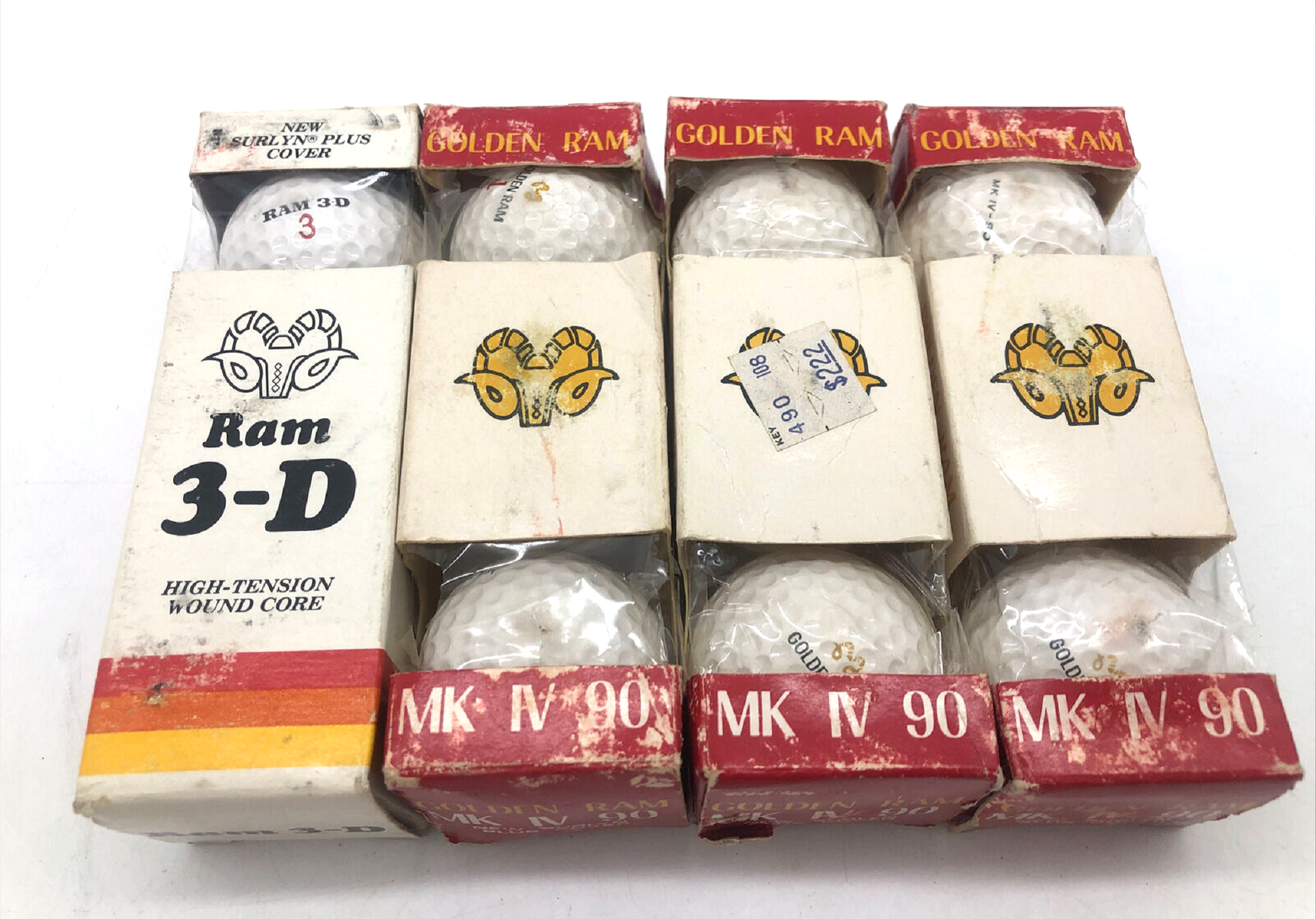
Anybody who’s ever performed a balata is aware of it will minimize in case you simply take a look at it crossly. The brand new Ram 3-D gave golfers no-cut distance priced for the lots.
The brand new ball turbocharged progress and by 1967 the Hansbergers rebranded the corporate below one title: the Ram Golf Company. The Sportsman and Bristol names had been retired. Kroydon remained as the corporate’s retail line, with golf equipment named for Tour professionals Tommy Bolt, Doug Sanders, Gene Littler and Jo Ann Prentice. Kroydon was mothballed in 1970, and the whole lot was bought below the Ram model title.
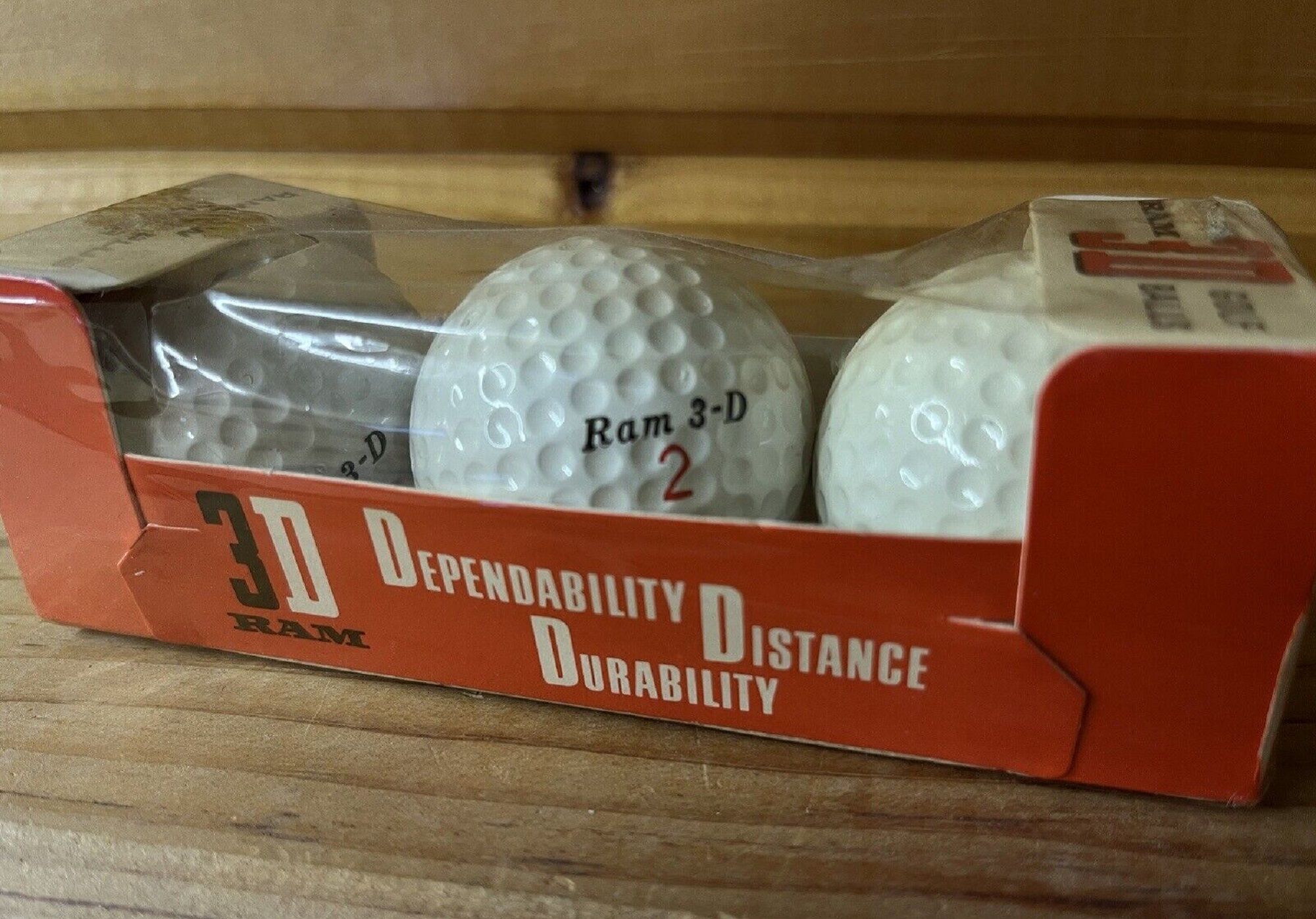
Ram rode Ram 3-D for all it was value, retaining unique rights till 1970 when Spalding launched its model, the Prime-Flite.
Toothpaste, Mouthwash and Dishwashing Liquid
As typically occurs in household companies, the Hansbergers reached a skill-set restrict. Glorious engineers with a robust dedication to their clients, the brothers lacked the sources and know-how to take the corporate any additional. Moreover, they’d reached center age and all their cash was tied up within the firm.
Circumstances had been ripe for a sale. What they wanted was a deep-pocketed, golf-obsessed purchaser to jot down them a very huge examine.
Enter Colgate-Palmolive.
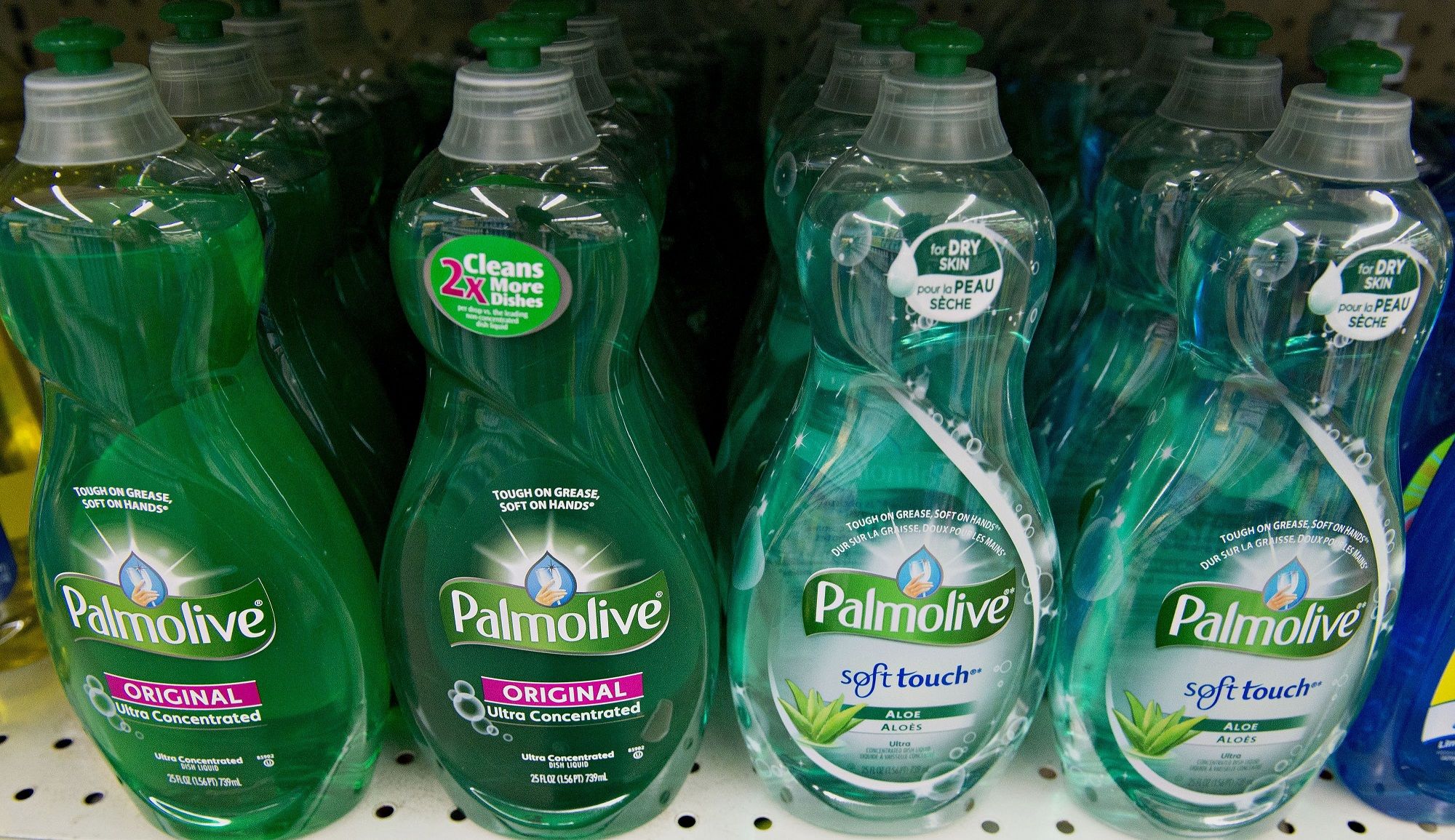
A $2-billion international firm, Colgate-Palmolive had deep pockets. And Chairman David Foster was most positively golf-obsessed. Foster’s plan was to make use of sports activities, particularly ladies’s golf, to promote extra toothpaste, mouthwash, dishwashing liquid and laundry detergent. He had already purchased Penfold in the UK, and in 1974 he purchased out the Hansbergers for $20-million value of Colgate inventory.
Lyle, Al and Jim Hansberger stayed on, however with short-term offers. Al and Jim ultimately left to start out their very own golf membership elements firm however Lyle stayed to run the Mississippi ball plant.
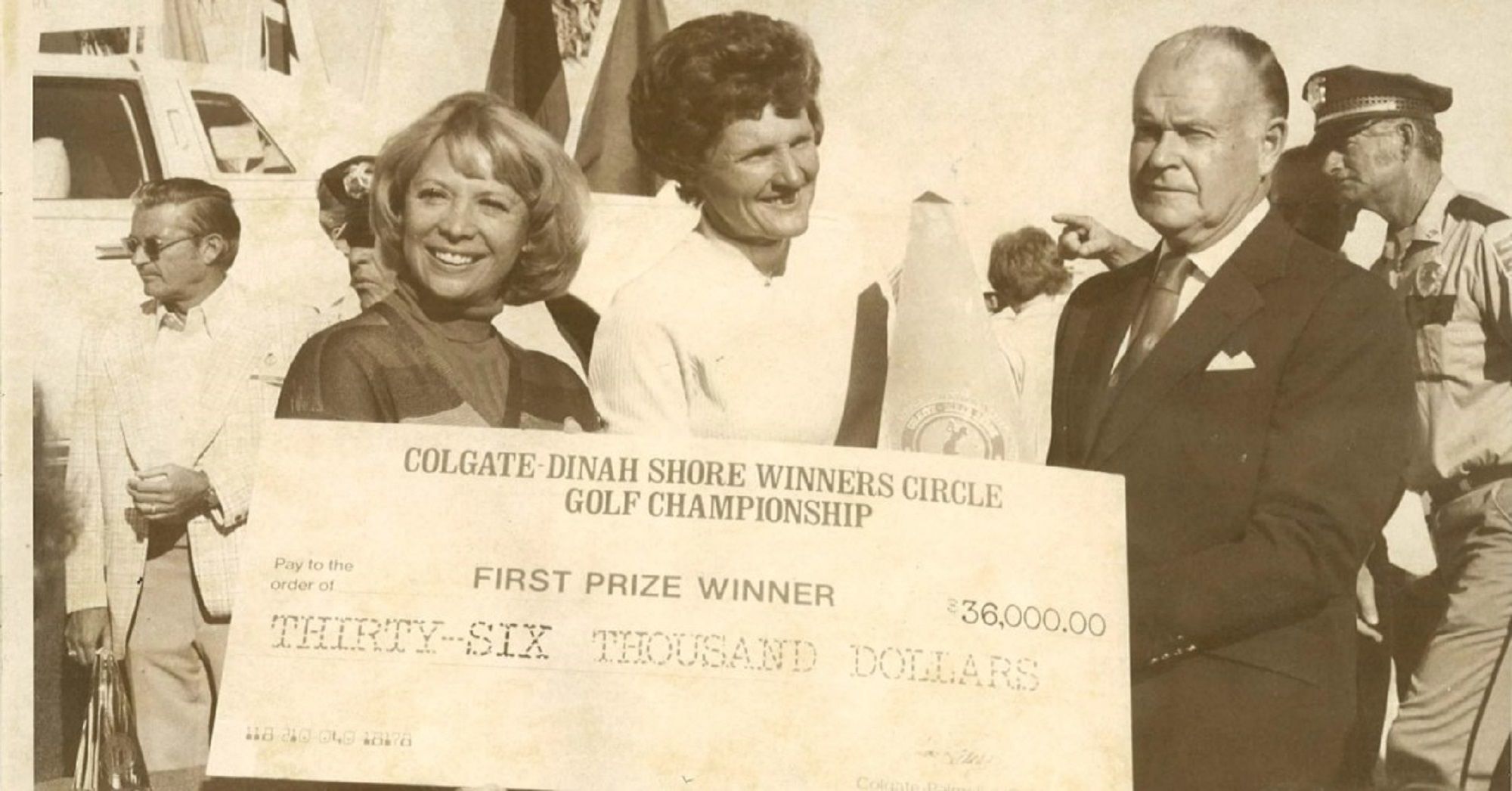
Colgate-Palmolive spent $3 million to $4 million yearly on promotion, virtually fully on Tour employees. Tom Watson signed on to Ram throughout that point as did Ray Floyd, Calvin Peete, Nancy Lopez and greater than 50 others, together with a younger Seve Ballesteros and Nick Faldo in Europe. Colgate-Palmolive additionally spent huge {dollars} to sponsor main tournaments, most notably the Penfold PGA Event within the UK and the Dinah Shore LPGA main in Palm Springs.
Colgate-Palmolive’s mid-70s advertising was altering. It nonetheless focused the standard “housewife” market (keep in mind Madge, the manicurist?). However Foster needed to make use of golf to focus on trendy, energetic ladies who nonetheless did the laundry, washed the dishes and did the buying.
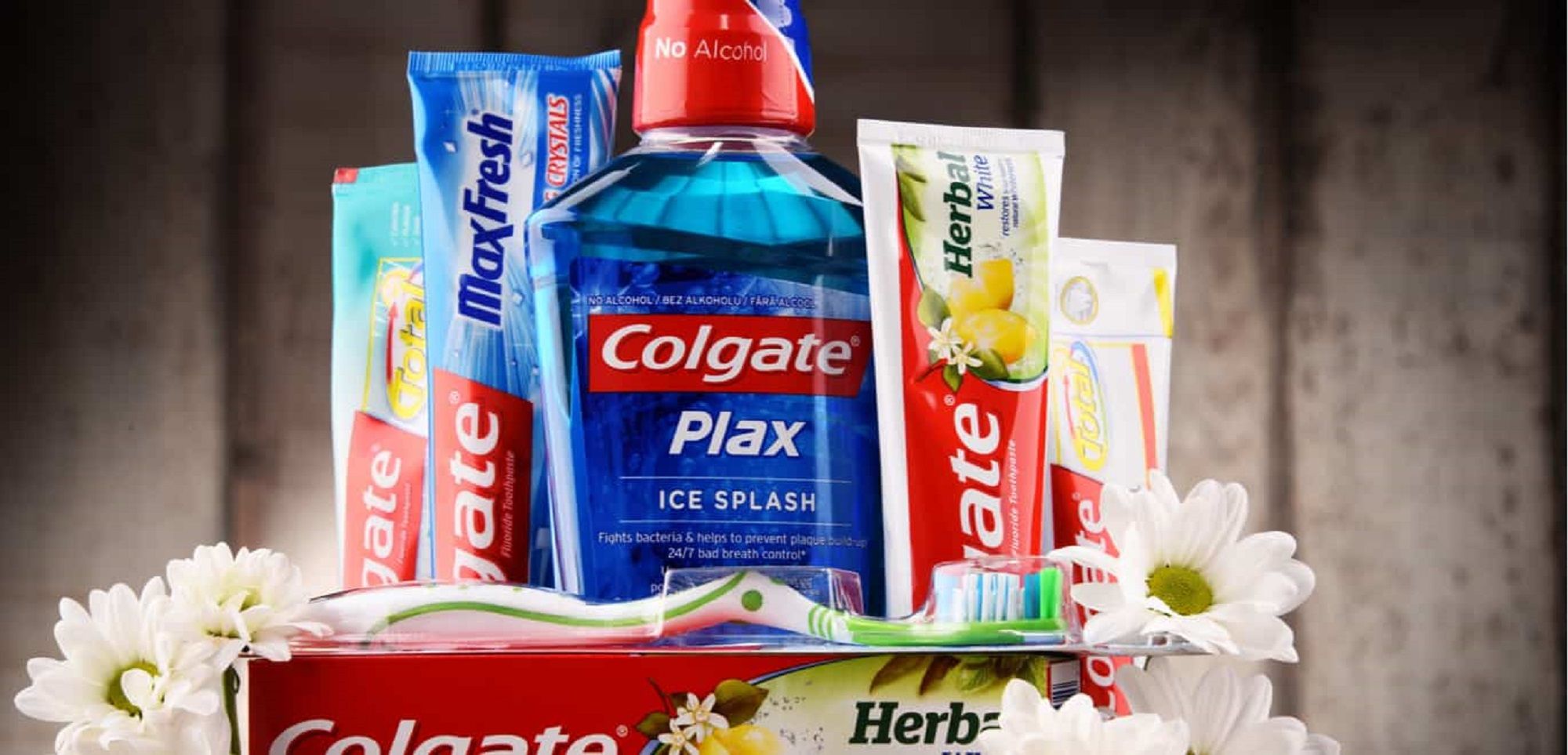
Colgate-Palmolive: Synergy or a Unhealthy Match?
In idea, a conglomerate whose major enterprise is oral hygiene and clear dishes is a curious match with a golf firm. In actuality, there was nothing inquisitive about it. It was a horrible match. Ram, like its British cousin Penfold, was a small household enterprise. Colgate-Palmolive wasn’t. The brand new possession introduced in waves of its personal folks with no golf expertise by any means, which led to limitless conferences.
In a Might 1990 article by Dan Rottenberg in Family Business Magazine, Jim Harnsberger mentioned the company workplace would ship out division head after division head. “We had been so busy assembly them or lunching them or flying to England with them that we didn’t have time to run our enterprise.”
Previous to the sale, Al and Jim would spend 30 to 40 p.c of their time dealing immediately with clients. After the sale that dropped to about 5 p.c. As well as, Rottenberg writes that Colgate executives below Foster by no means actually purchased into the Ram-Penfold enterprise, contemplating it Foster’s “private ego journey.”
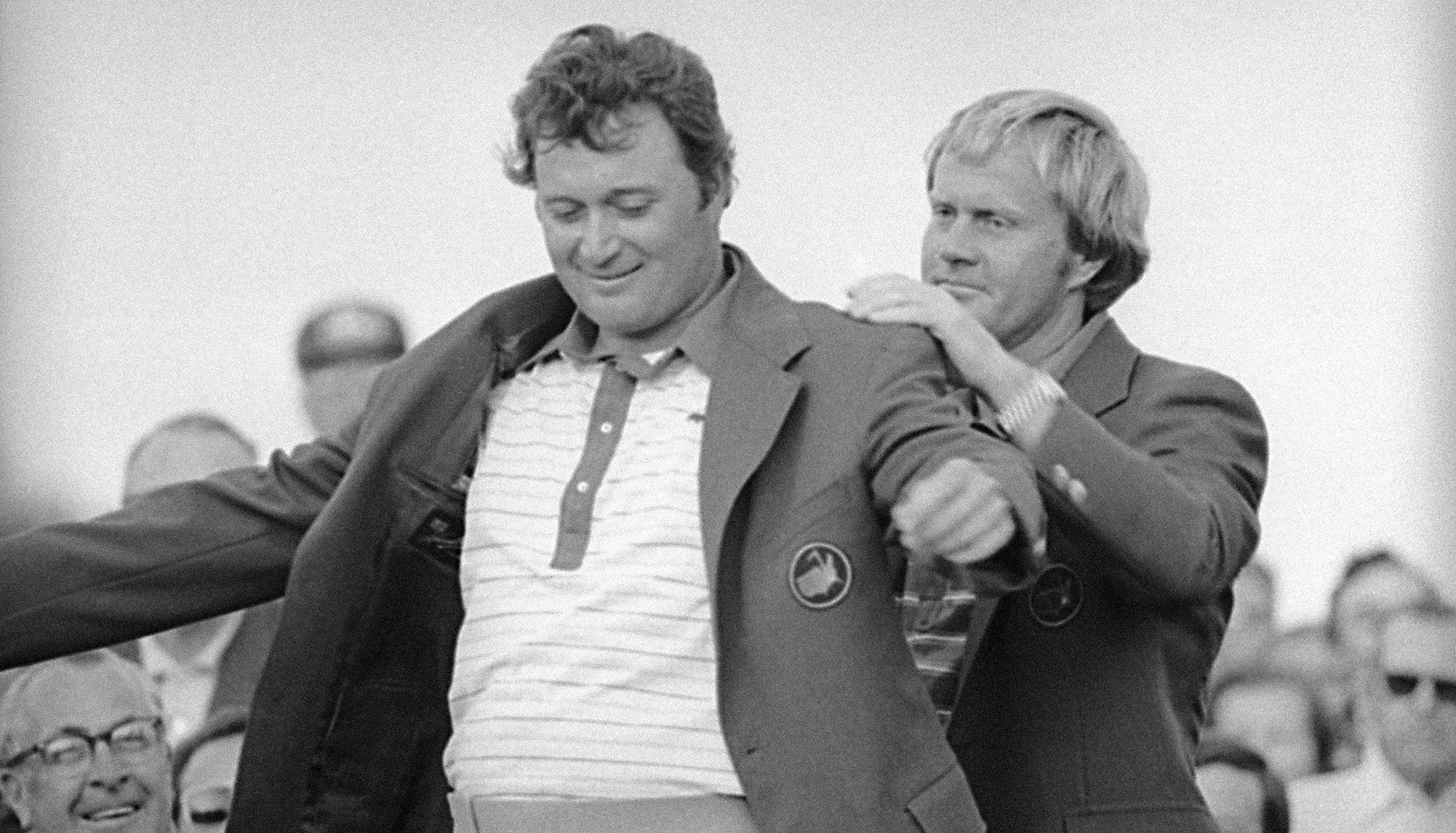
The Colgate-Palmolive years weren’t all unhealthy for Ram. As talked about, the Tour employees was substantial, and Ram acquired the appropriate to make and market the distinctive-looking Zebra putter in 1975. Ram obtained an enormous enhance a yr later when Ray Floyd set the 72-hole scoring file on the Masters with a Zebra.
Regardless of the successes, Ram and Penfold remained small dots on the Colgate-Palmolive org chart. The Hansbergers by no means had any private points with the brand new administration, however the firm cultures by no means meshed. What’s extra, Foster’s hoped-for synergy to promote extra toothpaste failed to maneuver the needle. And when Foster retired in 1979, Colgate-Palmolive couldn’t get out of the golf enterprise quick sufficient.
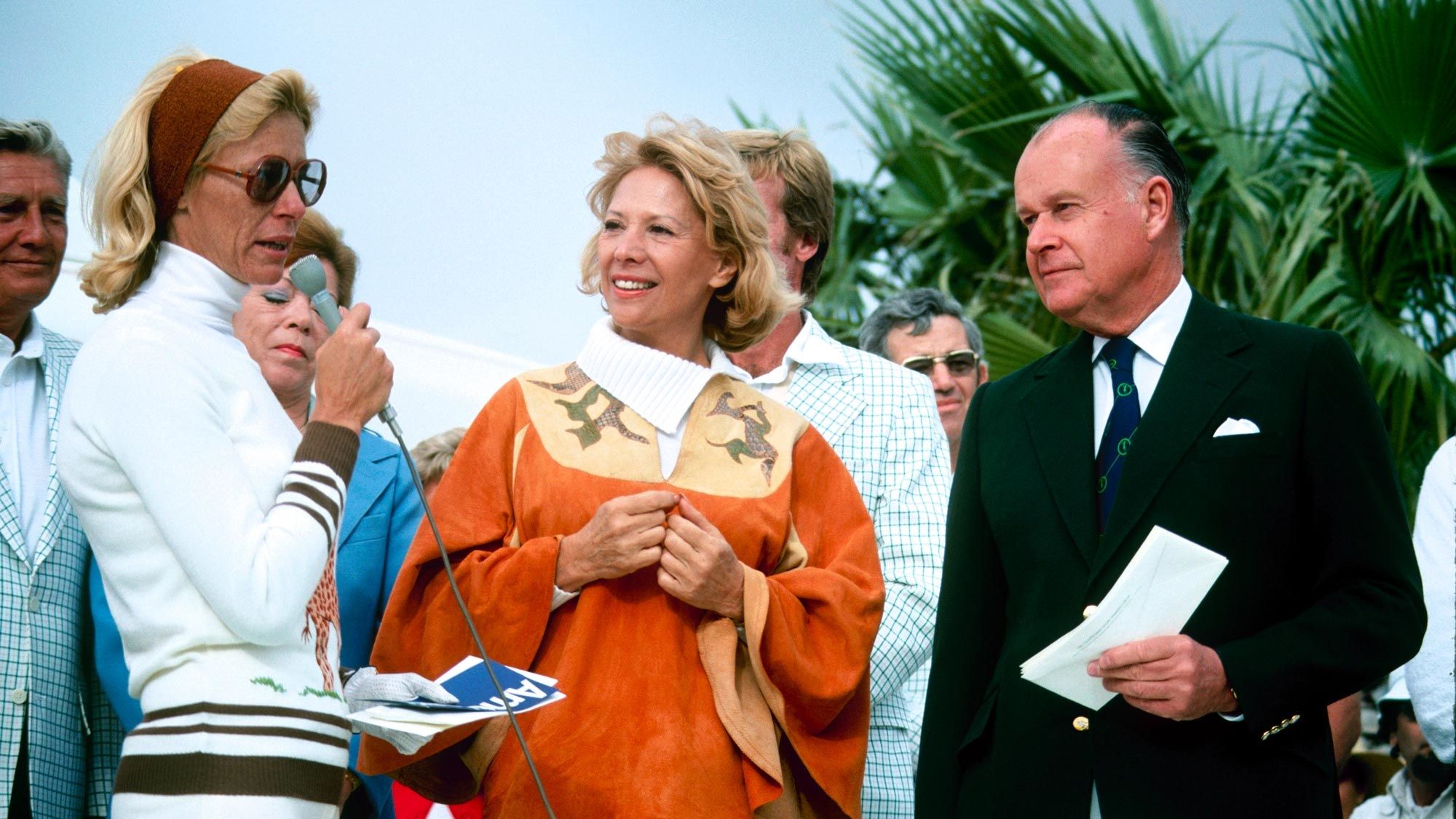
Again Residence Once more
While you talk about Offers of The Century, the Hansbergers’ repurchase of Ram in 1979 needs to be close to the highest of that record. Al, Jim and Lyle had nice relationships with the Colgate-Palmolive workforce. Whether or not that relationship helped them get such a sweetheart deal is unknown however the brothers had been in a position to purchase Ram again for significantly lower than the $20 million that they had bought it for simply 5 years earlier.
“The corporate we reacquired from Colgate was fairly a distinct firm from the one we bought,” Jim is quoted in Rottenberg’s article as saying. “The very best enterprise schooling we ever had got here throughout that Colgate interval.”
Jim took over as CEO. He instantly minimize Ram’s Tour employees to the bone, retaining solely Watson and a handful of others. Moreover, Ram had been promoting Zebra putters as a licensee. However in 1980, the corporate purchased Zebra outright.
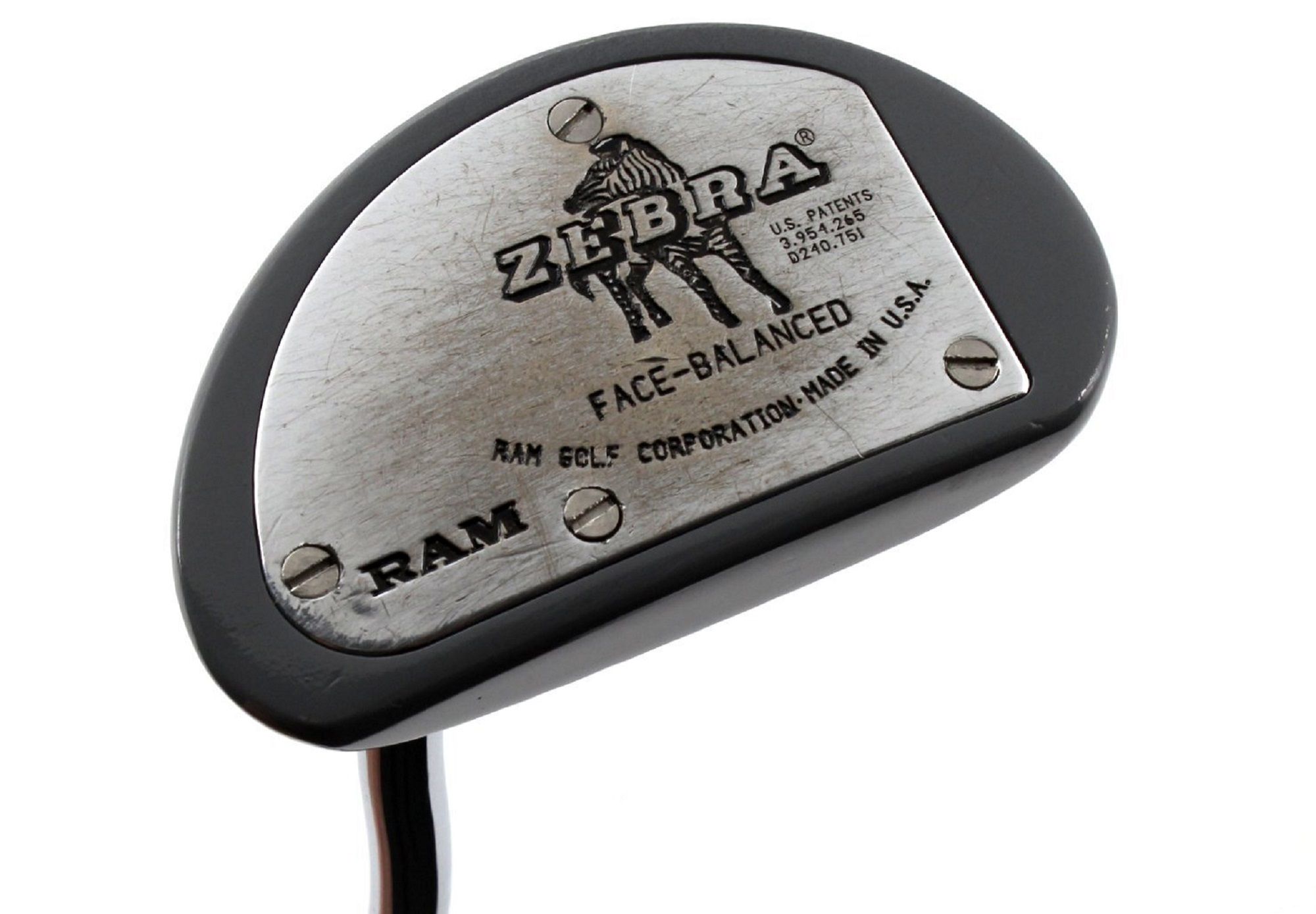
Jim additionally refocused Ram on pro-line gear. In 1982, it launched the primary commercially profitable line of frequency-matched golf equipment, that includes Joe Braly’s Precision shaft.
Ram spent the ‘80s specializing in its customized club-fitting and club-making service. At one time, it was ranked by Golf Journal because the No. 1 customized membership maker within the enterprise. Ram additionally expanded into sportswear and in 1987 acquired Nation Membership Programs, a software program firm that created accounting and working techniques for personal nation golf equipment.
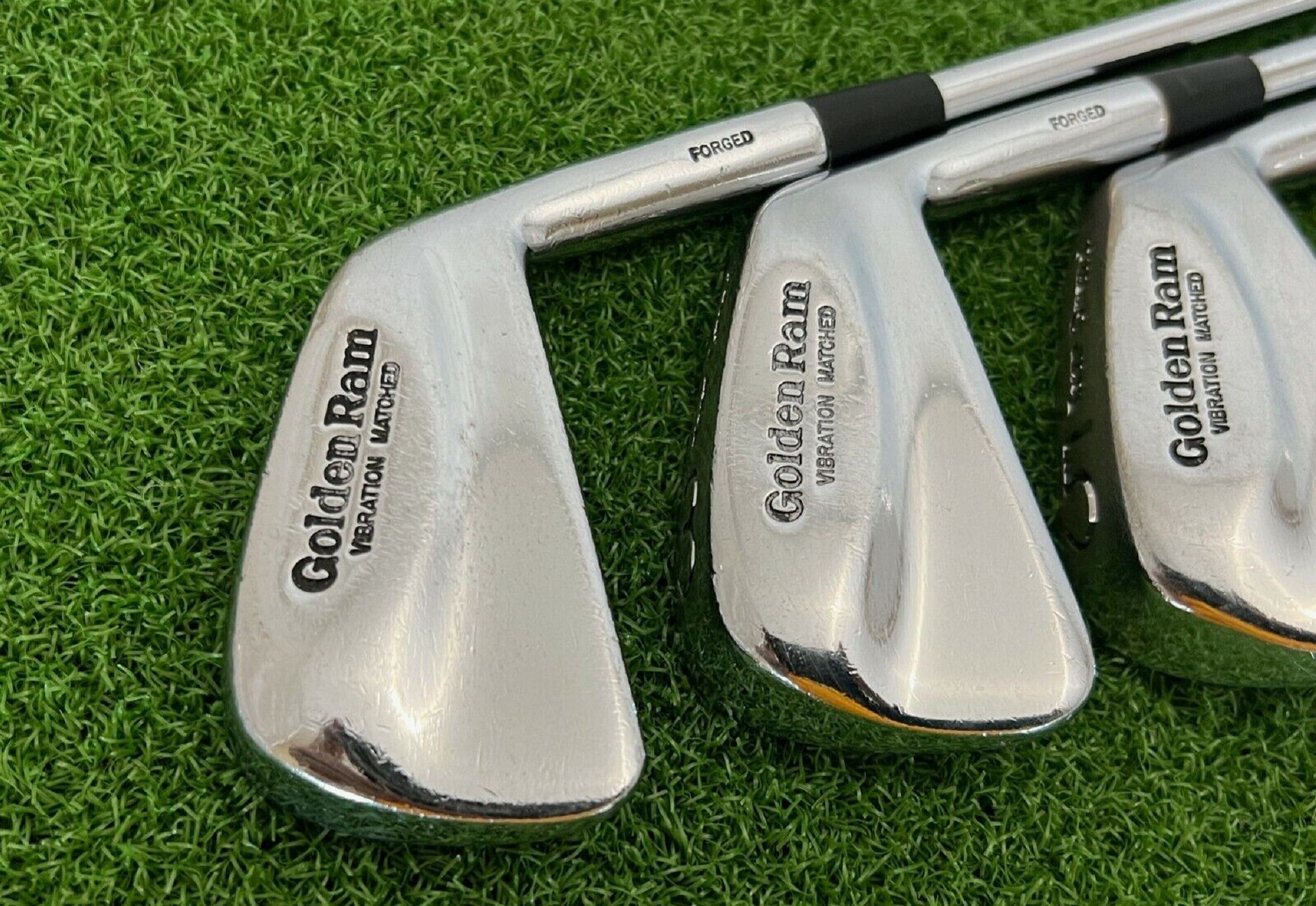
Ram and The Roaring ‘90s
By any cheap measure, the ‘90s was golf’s most dynamic decade. It began with Faldo profitable the Masters and Callaway promoting $5-million value of Large Berthas. It ended with Tiger profitable the primary leg of the Tiger Slam and Callaway gross sales approaching $1 billion. The outdated guard of Wilson, MacGregor and Spalding, nevertheless, had been sliding towards irrelevance.
Ram was caught within the center, however there was ominous writing on the wall.

“Ram survived its first 50 years by making high-quality merchandise that make the sport simpler and extra pleasant,” Advertising VP Jerry Fortis advised the Chicago Tribute in July 1997. “To make whiz-bang, high-techie merchandise could be inconsistent with our picture.”
Sadly, whiz-bang, high-techie merchandise had been what was promoting.
By 1996, a loopy decade was about to get an entire lot crazier. That yr alone, Acushnet purchased COBRA for $700 million, Zurn bought a struggling Lynx to an all-star investment group (it went bankrupt in ’98) and Spalding was bought to KKR for an astounding $1 billion.
In 1997, Spalding acquired Ben Hogan, Callaway purchased Odyssey and adidas purchased TaylorMade. Golf was turning into an enormous enterprise. It’s the very definition of irony that the July article on Ram within the Chicago Tribune was titled “Small is Lovely.”
Small could also be stunning however, for Ram, it was not sustainable. Inside 5 months of that story, the Hansbergers would money out one final time.
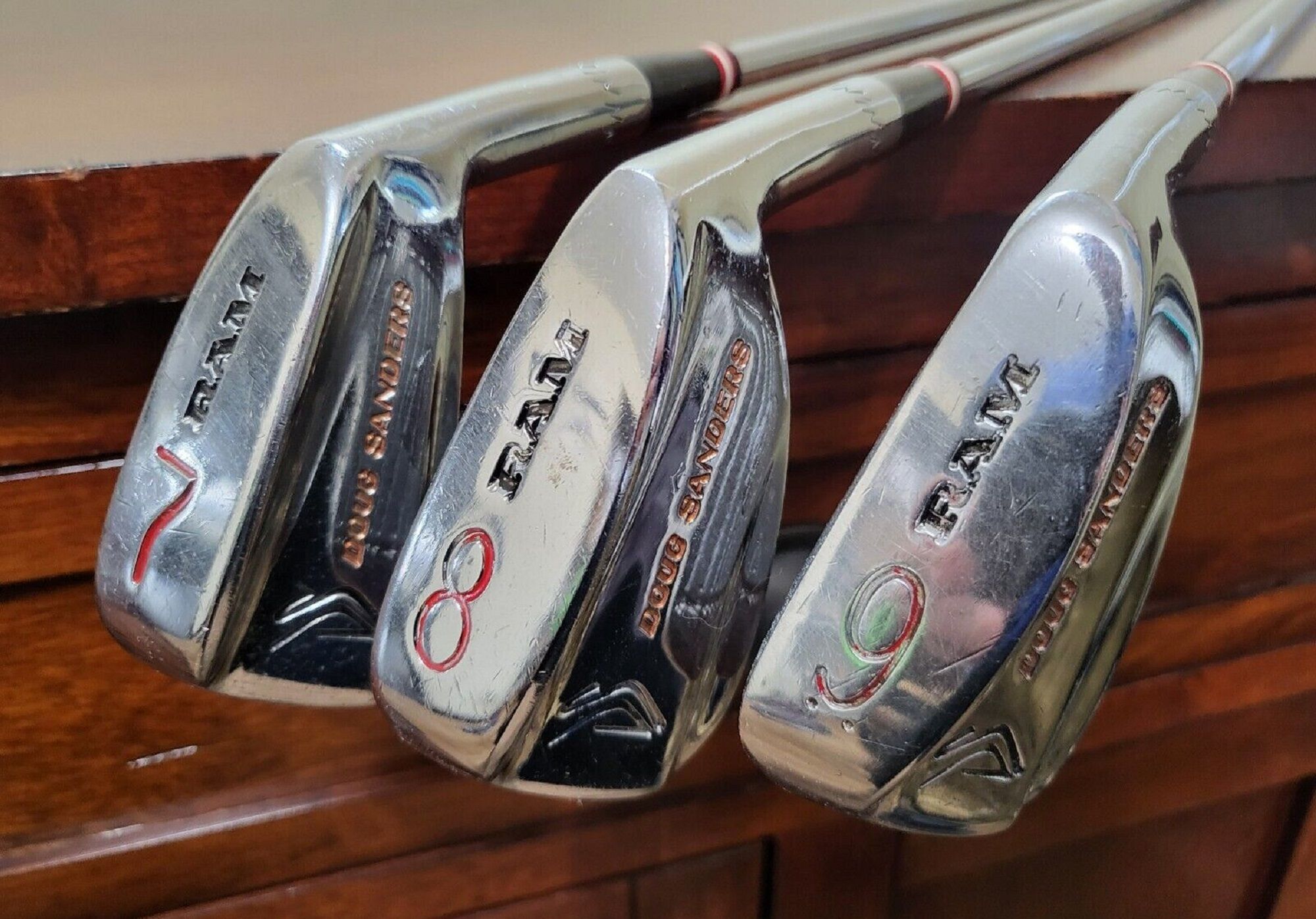
Slucker Steps In
Rudy Slucker made a lot cash within the {hardware} enterprise that he retired by age 40. In 1996, he purchased the struggling Teardrop Putter firm as a result of, in his phrases, “I wanted one thing to do.”
Slucker turned Teardrop round, promoting $800,000 value of putters in his first yr. Then he obtained cocky. In November of ’97, Slucker purchased Tommy Armour, which hadn’t turned a revenue in years, for $25 million. A month later, he purchased the Ram Golf Membership Firm for the cut price basement value of $10 million in money and inventory (Ram’s golf ball enterprise had been bought to TaylorMade two years earlier).
Slucker definitely didn’t lack confidence. Golf author Ron Sirak quoted Slucker as saying, “The query is: ‘Do I purchase NIKE or does NIKE purchase me?’” He repositioned Ram as a low-priced line for sporting items shops and discounters. However his magic contact had vanished. Deeply leveraged, loaded with debt and staring into an abyss of pink ink, Teardrop filed for chapter in December 2000.

Ram and its stablemates would change palms three extra instances over the following 4 years, ultimately touchdown with Huffy, the bicycle firm. Huffy filed for chapter just a few months later and Sports activities Authority scooped up its property. Ram grew to become Sports activities Authority’s ultra-cheap retailer model. And it grew to become a non-entity when DICK’s purchased Sports activities Authority’s property out of chapter in July 2016.
Historical past’s Mysteries: The Rebirth of Ram
Because of the Sports activities Authority chapter, DICK’s now owned the Ram, Zebra, Teardrop and Tommy Armour manufacturers. Inside weeks, DICK’s added the MacGregor and Lynx names when GolfSmith went stomach up. DICK’s stored Tommy Armour as its home model however bought Lynx off to a few from England, who relaunched the model within the UK.
Ultimately, DICK’s bought the Ram, Zebra, Teardrop and MacGregor names to entrepreneur Simon Millington and his firm, Golf Manufacturers, Inc. Millington launched new MacGregor clubs this past January in addition to an up to date line of Zebra putters. And he’s reintroducing Ram as a efficiency/worth line.
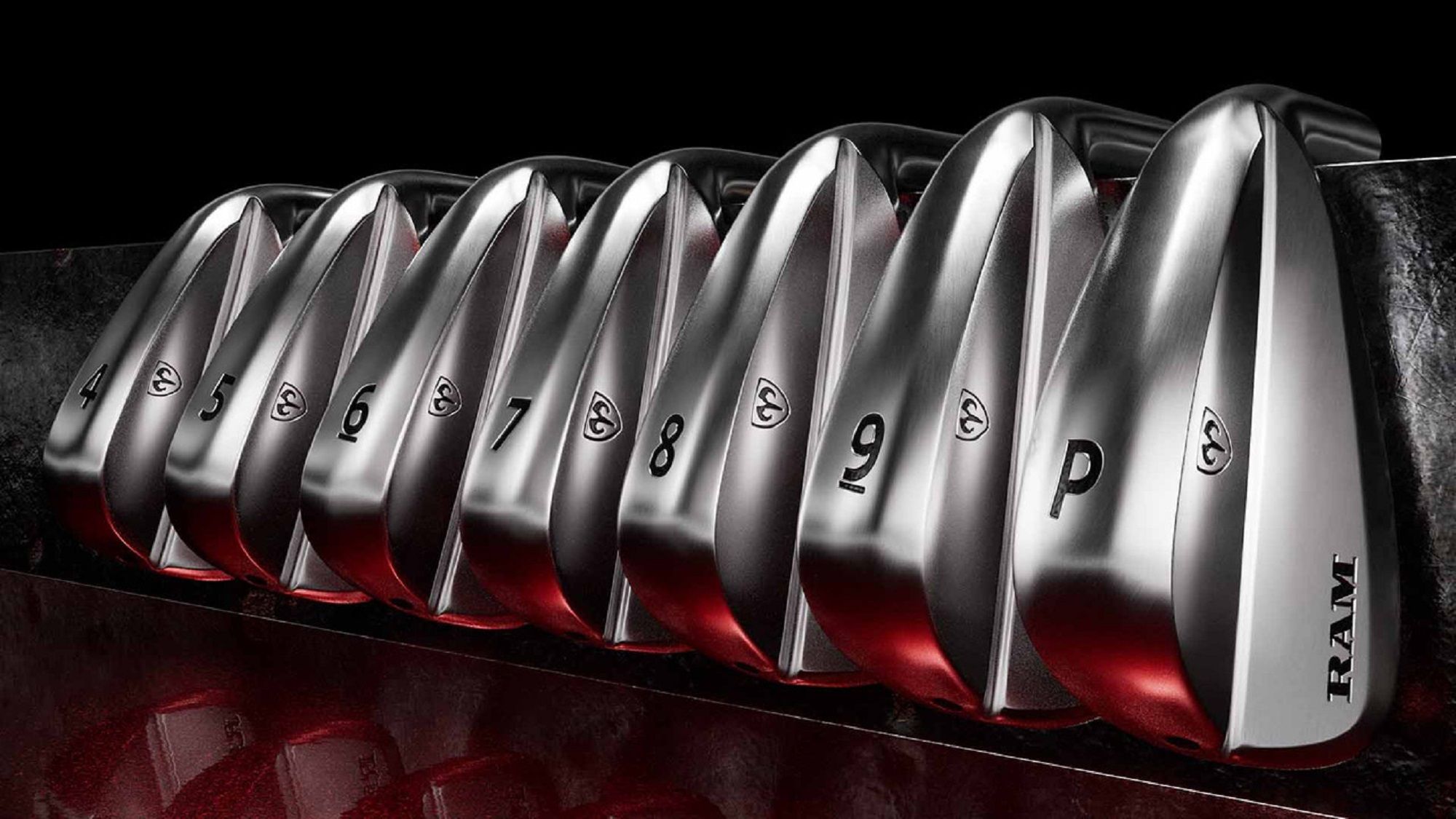
Millington confirmed the new Ram FX77 irons at this yr’s PGA Present. The FX77 is a hollow-body, foam-filled iron that straddles the sport enchancment/participant’s distance classes. And it’s priced to maneuver at $399 for a seven-piece set in chrome ($449 in black). Millington is upfront in saying the irons are an open mannequin. They do bear an uncanny resemblance to Sub 70’s earlier era 699 irons however Sub 70’s Jason Hilland nonetheless owns these molds. That’s to not say one other manufacturing facility in China hasn’t borrowed the design, a strategy not uncommon over there.
We’ve demoed the brand new Ram FX77 irons and the early returns are extraordinarily constructive. We’ll know extra as soon as we get them on the course however at $400 they look like a hell of a cut price.
The Hansberger Legacy
Regardless of making some excellent gear and its longstanding relationship with Tom Watson, Ram by no means was an actual drive in golf.
Its legacy, as a substitute, lies with the Hansberger brothers. Earlier than researching this text, I knew them solely by title. However the Hansbergers made Ram the uncommon household enterprise the place the sum of the components labored to create a better entire.
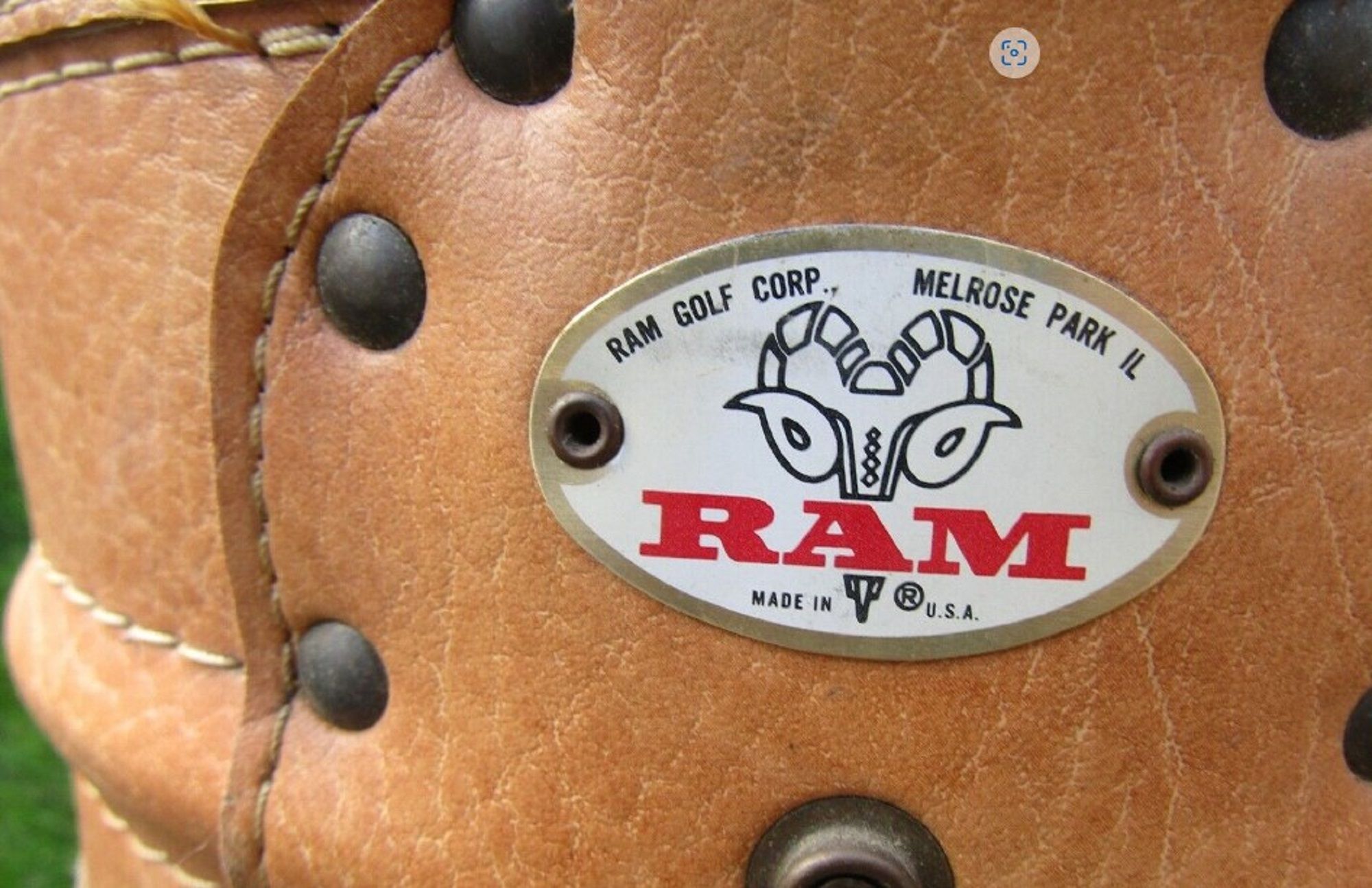
Oldest brother Bob was the household businessman. Bob by no means did work immediately along with his brothers at Ram. He was too busy in Idaho placing collectively the $8-billion lumber big Boise Cascade. After retiring in 1972, Bob served on a number of Presidential Commissions and on the boards of greater than 15 main companies, together with ABC, Normal Dynamics and Producers Hanover Belief. He handed away in 2008.
Lyle, the engineer-brother who began all of it, moved to Mississippi in 1965 to run the ball and R&D plant. He by no means left. After Ram, he served as a U.S. commerce ambassador and on varied boards at Mississippi State College. Lyle died in 2009.
Al was the salesperson of the household. His post-Ram work included the Marketing campaign for Equal Justice and the Boys and Ladies Golf equipment. In 2018, on behalf of the household, he donated $1 million to the Youngsters Golf Basis of Illinois which has launched greater than 250,000 younger folks to the sport. Al died final October on the age of 98.
Jim, the youngest Hansberger, was mentioned to have been a mixture of his three older brothers. He served as Chairman of Ram from 1979 via the sale in 1997. He handed away simply this previous January on the age of 88.
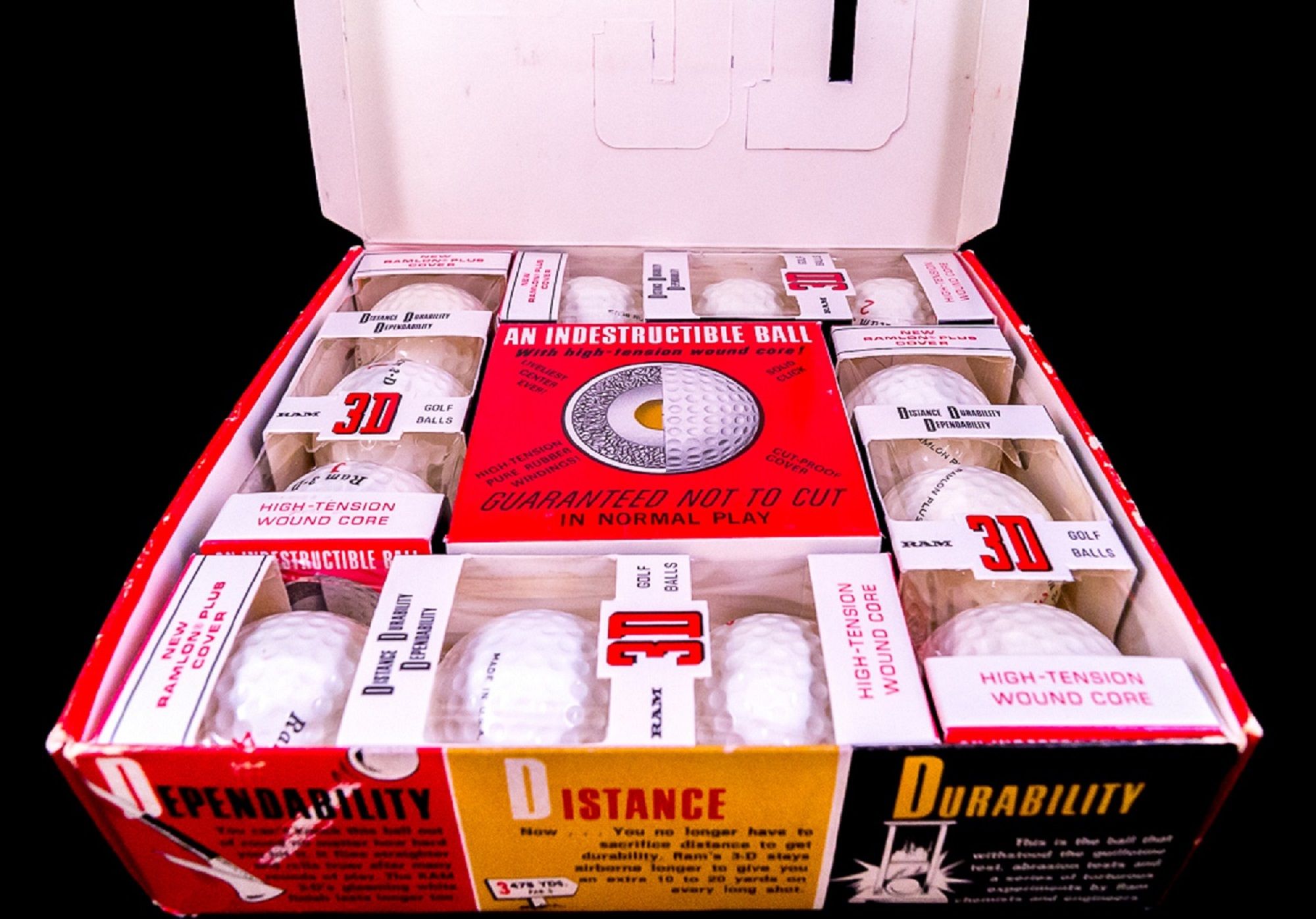
Historical past’s Mysteries: The Ram Epitaph
In Dan Rottenberg’s Household Enterprise Journal article, Jim maybe summed up the Ram-Hansgerger story finest:
“We’re on this enterprise for the relationships and the accomplishments, versus a sheerly monetary strategy. The monetary strategy is vital, however it’s not the dominant emphasis for this household.”
Wanting again on the altering golf local weather of the ‘90s, and the place the business has gone since, it’s a great factor the Hansbergers cashed out once they did. Ram would by no means have survived within the new world order. These had been good guys. They needed to have seen what was coming.
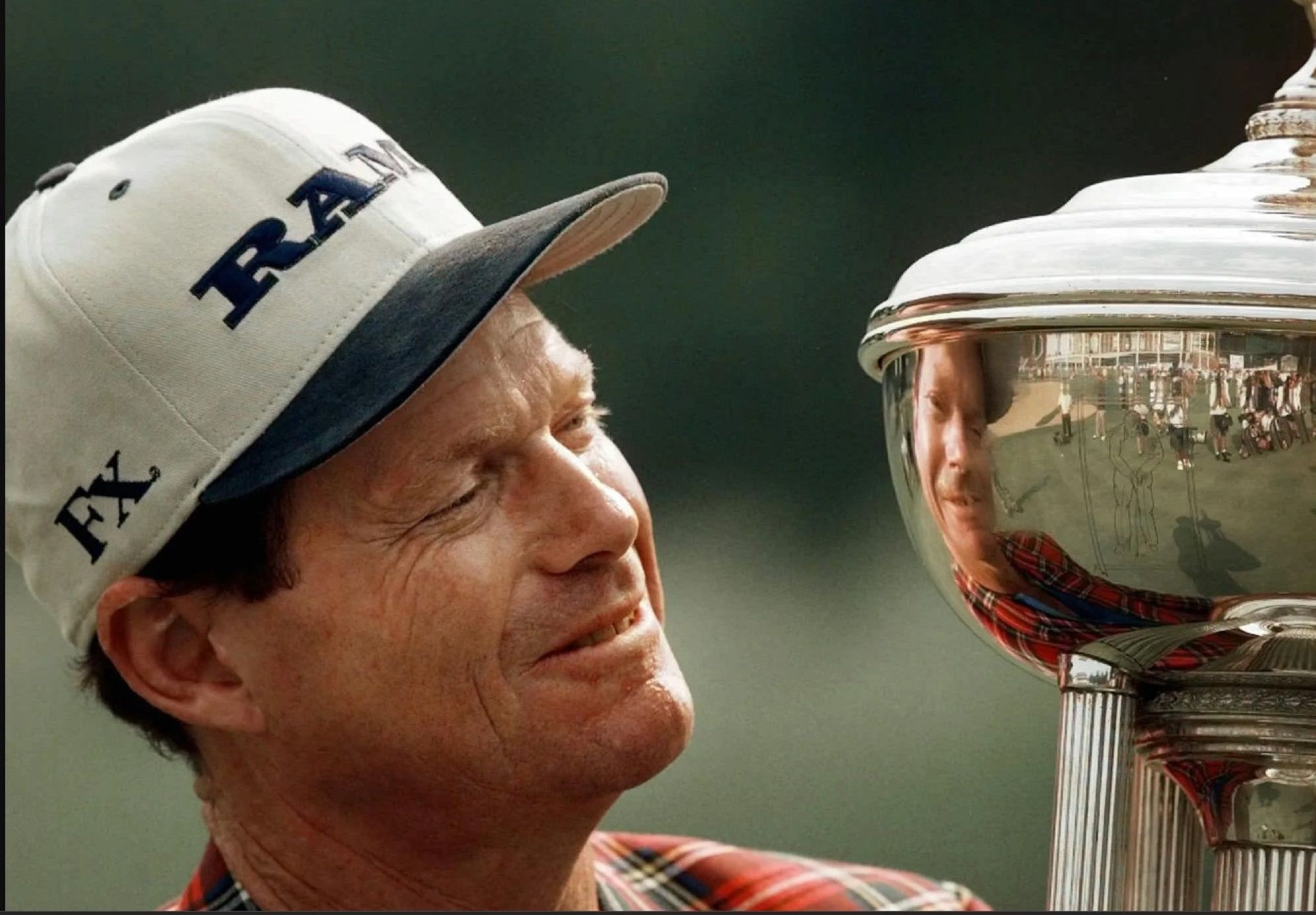
Golf’s transformation to “Large Enterprise” began within the ’90s and is now full. Each Acushnet and Topgolf-Callaway are multi-billion-dollar behemoths whereas the household contact that made the Hansbergers profitable is basically gone. However you could find it in case you look laborious sufficient. Millington, for instance, is constructing MacGregor-Ram-Zebra-Teardrop along with his two sons. You could possibly fly coach from Detroit to Chicago and end up sitting subsequent to Tour Edge founder David Glod. And one of many sights of DTC firms equivalent to Sub 70 is the non-public contact of the proprietor.
It’s an oversimplification to say company enterprise is all about top-line gross sales and bottom-line ink. The nice ones do have a soul. Household companies are concerning the {dollars} as nicely however, to make use of Jim Hansberger’s phrases, they’re additionally about relationships and accomplishments. To company bean counters, an iron set, driver or lob wedge may be SKUs and numbers on the underside of a ledger. However they’re additionally the instruments you utilize each weekend to play a sport you like.
The Hansberger brothers understood and revered that. And that’s what makes Ram value remembering.
[ad_2]
Source link


